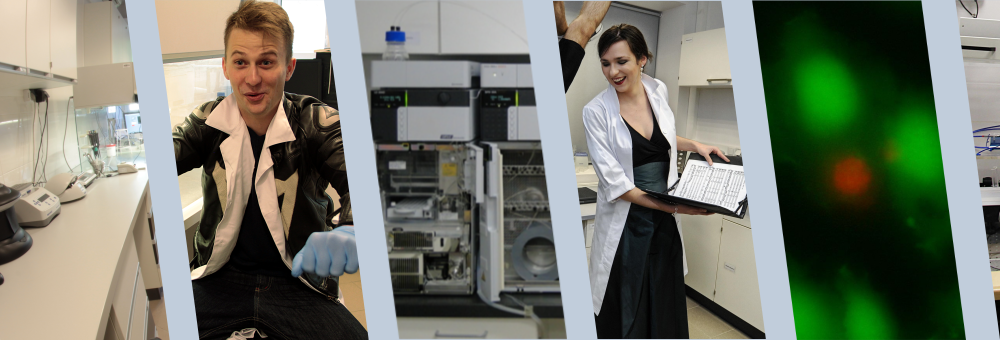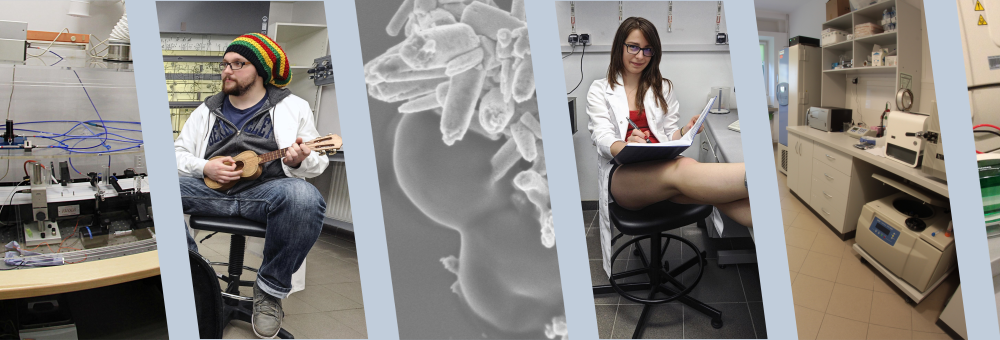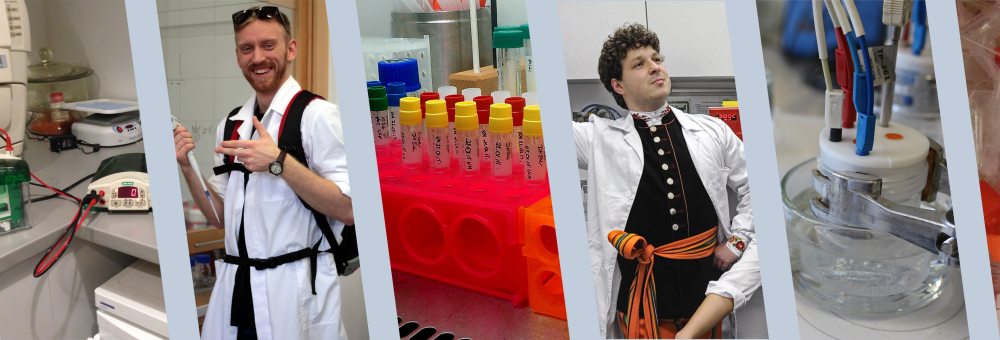Publication
Memory effects in homopolymer blends during annealing
Author(s): Graca, M and Wieczorek, SA and Holyst, R
Title: Memory effects in homopolymer blends during annealing
Abstract: We perform light scattering and direct optical experiments on a blend of poly(methylphenylsiloxane) (PMPS) with polystyrene The system is subjected to the three-step process. The system is quench to low temperature (T-1) and allowed to separate for 5 h; it is heated to a high temperature (T-0) to the one-phase region it mixes for a couple of minutes (1-10 min) and then quenched back T-1 and observed for 5 h. We note that annealing at T-0 can be studied by the analysis of the scattering intensity over a linear array of photodiodes. This quantity is very to the structure exisiting in the system. If the system is annealed, it has a noisy behavior and while the structure the system persists, it behaves very regularly. Moreover, one can the differences in the scattering intensity between the first the second quench at very short wavevectors, indicating that large survived the annealing process for short annealing time (less 4 min). However, the average area of the domains per unit volume is same as obtained from the tail of the scattering intensity, that small domains dominating in the system do not survive mixing process even if it is very short (2 min). Finally, the direct under the microscope reveals that they dissolve in such a that their size changes at the end of the process of dissolution, as we suspect the size of the interface becomes comparable to the of the dissolving domain. Domains inside the domains are also at short times after the second quench. In general, our methods the quantitative estimate of the annealing time for polymer and thus can save a lot of time, especially if we have to the same measurements many times and we need to anneal the samples between measurements.
Pages: 7718-7724
Journal: MACROMOLECULES
Volume: 35
ID: ISI:000178129900028
Year: 2002
DOI: 10.1021/ma0206467









